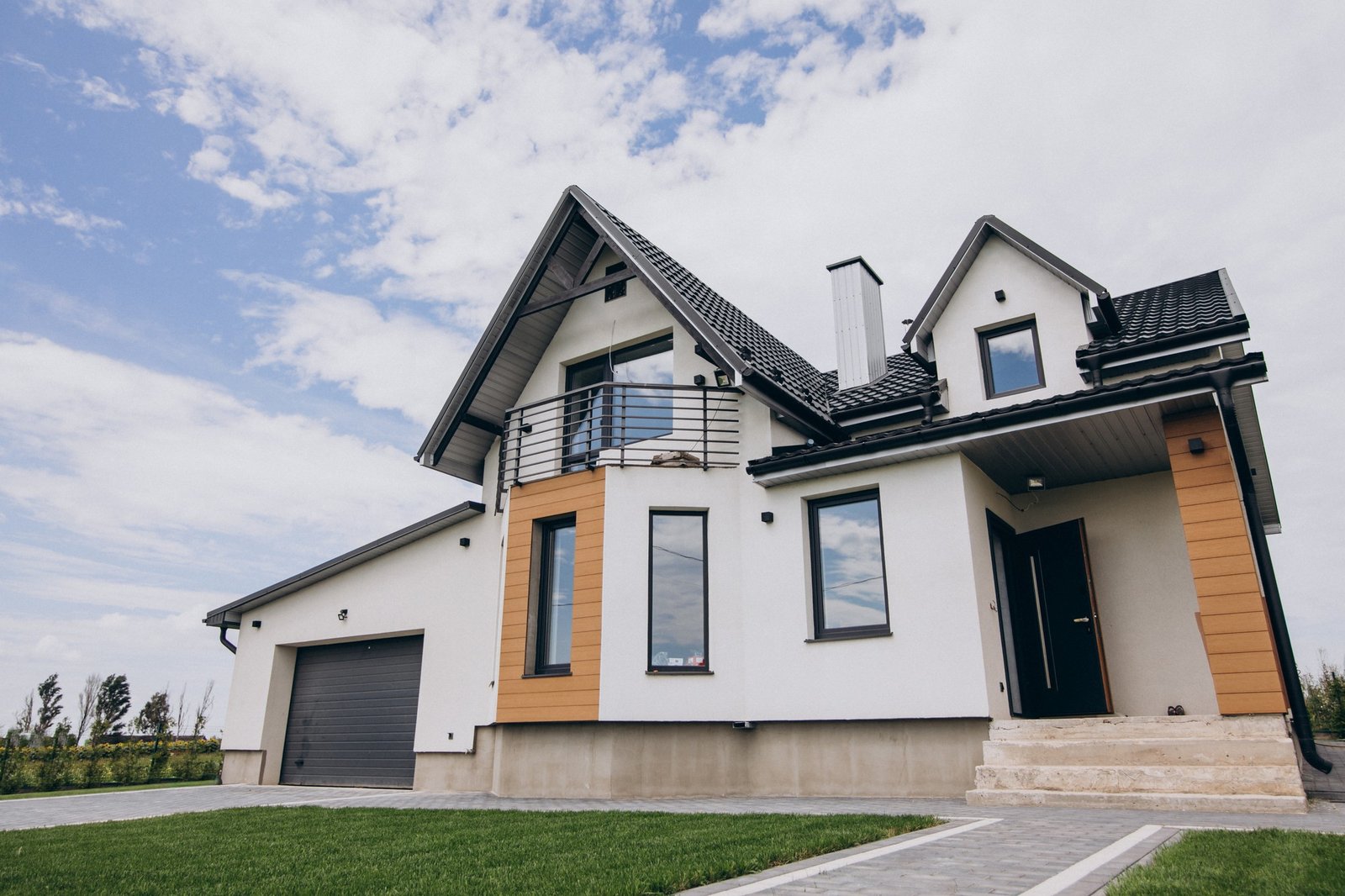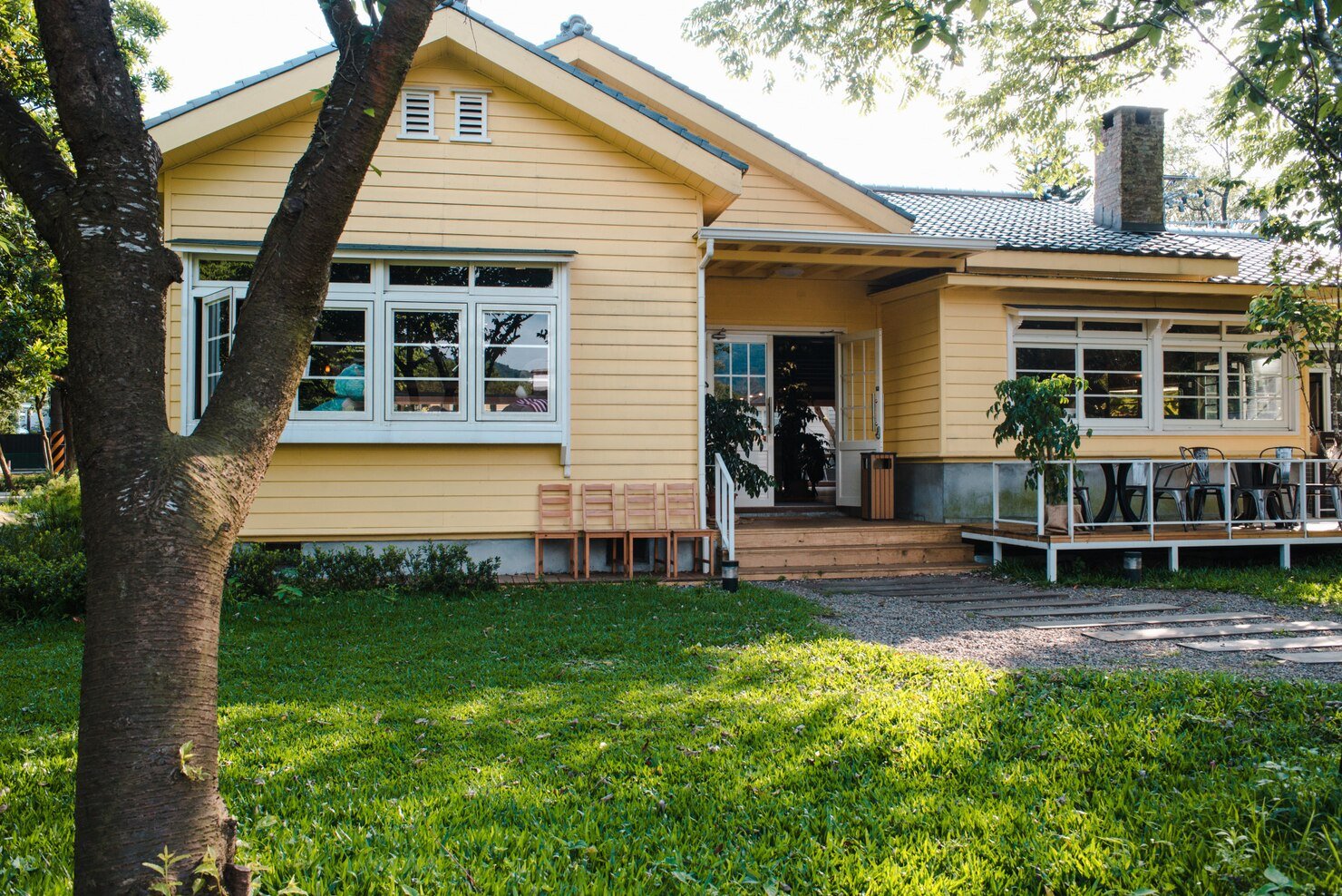A manufactured home is a path to homeownership that is often overlooked. Offering both quality and value, a manufactured home could be an affordable option to get you into a home of your own.
What Is a Manufactured Home?
Manufactured homes are houses built in a factory rather than on the land where you’ll live. They are constructed using the same building materials as site-built homes but generally take only two to three months to complete, compared to an average of seven to eight months for a site-built home. Manufactured homes are more affordable because of the efficiency of the factory building process, which lowers costs.
To ensure safety, strength, and durability, manufactured homes are built under controlled conditions and inspected to meet or exceed standards set by the U.S. Department of Housing and Urban Development’s (HUD) Manufactured Housing Construction and Safety Standards, commonly known as the HUD Code. These safety standards include:
- Design and construction
- Strength and durability
- Fire resistance
- Heating, plumbing, and air conditioning
- Thermal and electrical systems
- Energy efficiency
- Overall home quality
With the HUD Code seal of approval, manufactured homes meet regional standards for roof load, wind resistance, thermal efficiency, safety, and durability, making them just as resilient as site-built homes.
Manufactured homes are built on a permanent, nonremovable steel frame (chassis). Unlike trailers or mobile homes, which are built on wheels, manufactured homes can be installed on vacant land that you own or lease, or in a manufactured housing community.
The Benefits of Purchasing a Manufactured Home
Affordability
The average price of a new manufactured home in 2022 was $127,300, compared to $540,000 for a new site-built home. This makes homeownership more attainable for many buyers.
Versatility
Manufactured homes offer flexibility. You can start with a smaller home footprint and expand by adding manufactured modules later, accommodating life changes like marriage or a growing family.
Energy Efficiency
Manufactured homes are designed to be energy-efficient. The HUD Code mandates insulation, energy-efficient windows, and high-efficiency water heaters. Inside, kitchens and bathrooms are equipped with energy-saving appliances, lighting, and water-saving plumbing fixtures, reducing utility costs.
Long-Term Value
According to the Federal Housing Finance Agency’s house price index, manufactured homes appreciate in value similarly to site-built homes. Proper maintenance and location can further enhance long-term investment potential.
Finding the Right Location
Before purchasing a manufactured home, consider where you will place it. Land availability with proper access and utilities may be limited in suburban areas. Additionally, zoning restrictions in some locations may only allow site-built homes.
Home Loan Options for Manufactured Housing
Financing options for manufactured homes include:
- Freddie Mac’s CHOICEHome® mortgage, offering conventional financing for manufactured homes that meet certain specifications.
- Freddie Mac Home Possible® mortgage, which provides first-time homebuyers with a low 3% down payment solution.
Consult with a lender to explore financing options that best suit your needs.
Conclusion
A manufactured home is an excellent choice for those looking for an affordable, flexible, and energy-efficient housing option. With proper planning and financing, you can enjoy homeownership without the high costs associated with traditional site-built homes.



